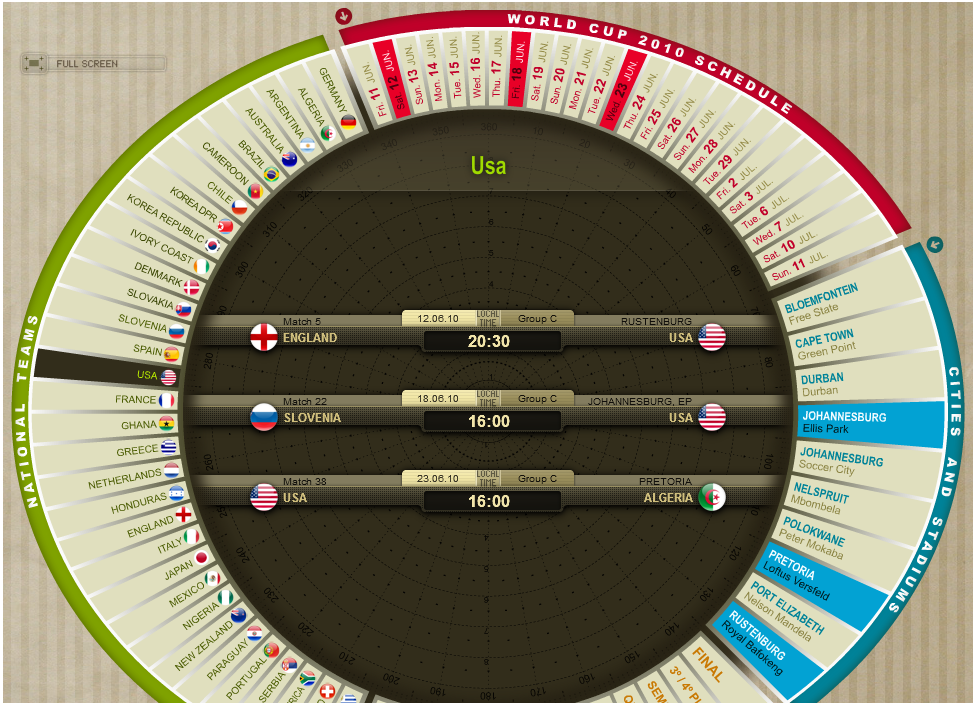The Why of Work - Show Recap
Last night Dave Ulrich joined us on the HR Happy Hour show to talk about his latest book, 'The Why of Work: How Great Leaders Build Abundant Organizations That Win'. It was an excellent show, and you can listen to the replay - here, or using the player below:
Some of the key points from the show:
- Leaders need to make a difference in organizations, and leaders that best develop their 'meaning making' capacity will make the most important differences for organizations and for communities
- People find meaning and purpose in different ways, some are driven by a quest for greater insight, some for achievement, some for connection, and others are motivated by empowerment. Understanding your personal sense of purpose making will help you better connect your work and your organization with a greater sense of meaning.
- Many external factors contribute to and influence the organization and the individual in their drive to understand the create more meaningful workplaces, these can be grouped and assessed in categories of Social, Technological, Economic, Political, Environmental, and Demographic.
- Workplaces that are meaning filled and abundant organizations can retain and attract more committed and engaged employees that in turn directly create value for customers, shareholders, and the community.
It was a fast-paced and informative show, that quite honestly did not have enough time to cover all of the topics we wanted to touch upon, and we are going to try and have Dave and possibly Wendy Ulrich join us again in the future.
Last item - last night we formally announced that Aquire Software is the first official HR Happy Hour show sponsor, and we look forward to more exciting and interesting news on that front.
Give the show a listen and let us know what you think.

 Steve
Steve



